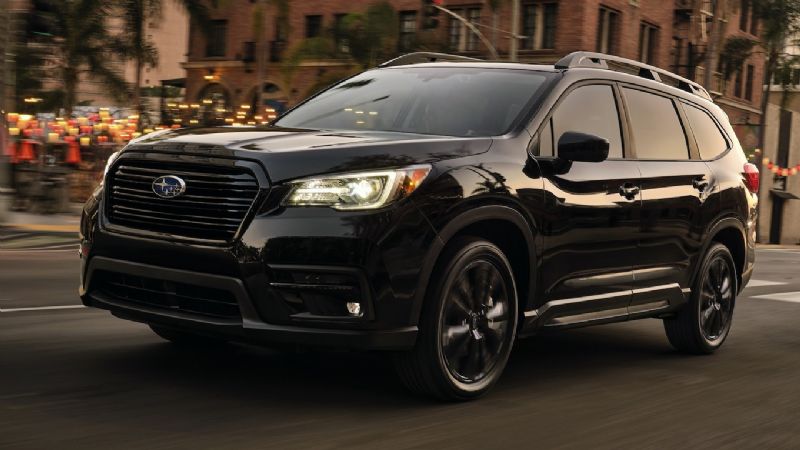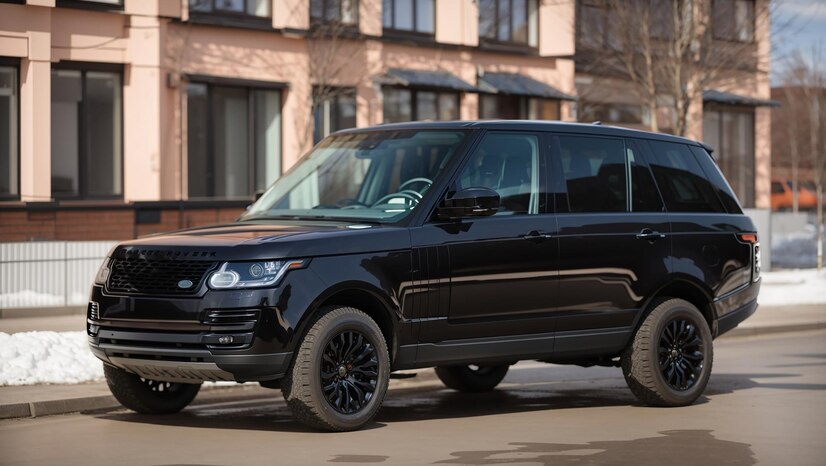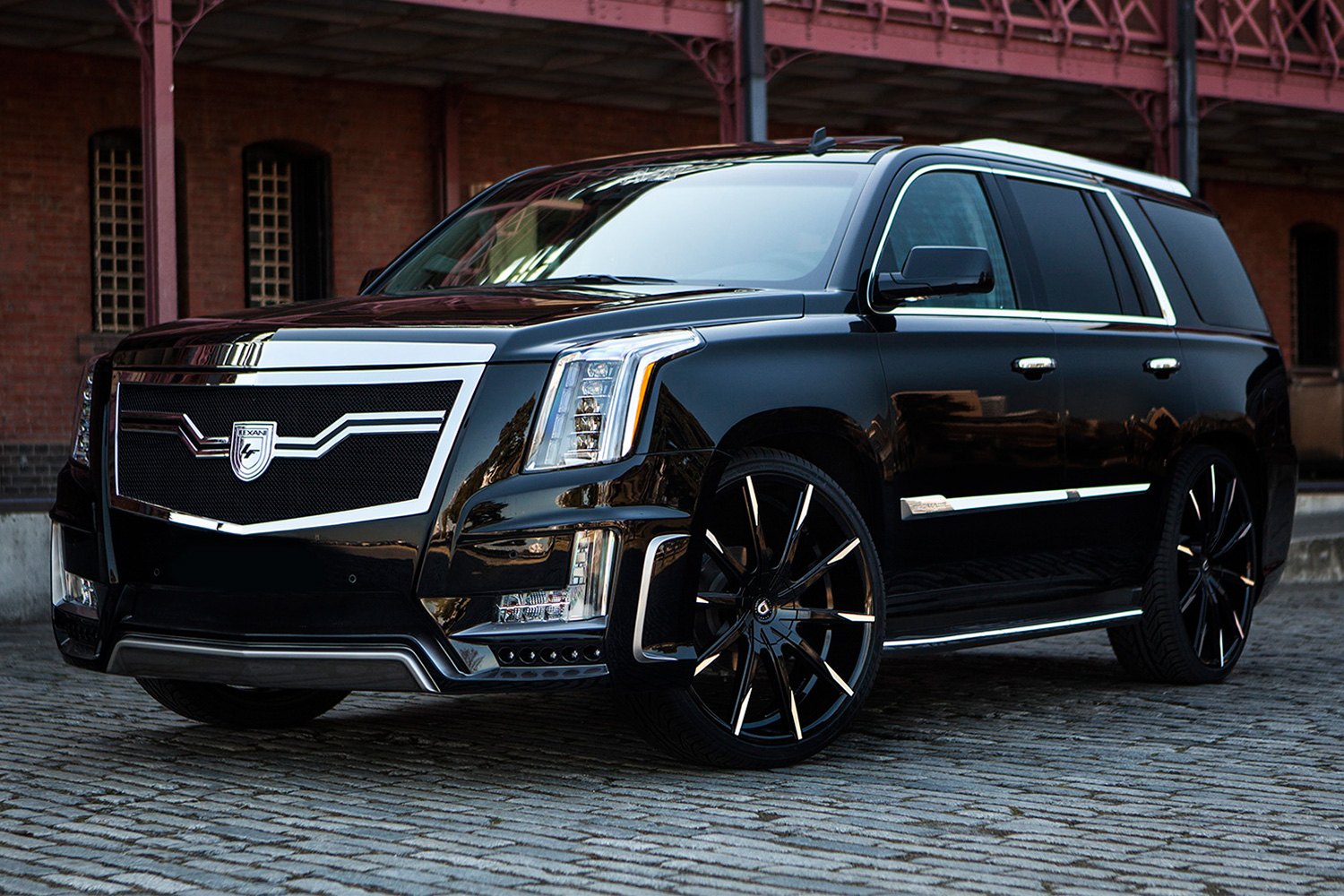Corporate occasions are the initial stage for creating connections, reinforcing business, and exhibiting organizational values.…

Why Are All Midsize SUVs 4 cylinder?
Most of the time, a range of engine options is available when purchasing a new car. Some of the most popular engines found in SUVs and vehicles are V6s because their six cylinders are placed in a V shape with three on each side of the inline fours and because their four cylinders are arranged in a straight line.
There are also “boxer” fours and inline sixes because the procedure of their cylinders is similar to a boxer’s punching fists, as their cylinders are opposed horizontally. It is not necessary to always say “more cylinders are good enough” when deciding between six and four cylinders, regardless of the design. In this blog, we will weigh the pros and cons of each so you can choose intellectually for your next purchase.
Four-Cylinder VS V6
|
V6 |
FOUR-CYLINDER |
|
|
|
|
Power and Torque
In terms of torque and power, sixes are typically king, even though six-cylinder engines frequently outperform the most powerful four-cylinder engines. Especially when it comes to torque output, ignoring the fact that current four-cylinder engines can produce outstanding statistics, particularly when it comes to horsepower, Sixes have an added benefit for creating power because they are expanded in terms of displacement.
Because there are two extra cylinders, power circulates more evenly across the RPM range, which could make a six-cylinder car softer and faster than a four-cylinder car.
Fuel Efficiency
In regard to fuel efficiency, four-cylinder engines often lead the field. Particularly when turbocharged, they may be manufactured somewhat smaller than sixes and still have adequate power to drive an SUV or automobile. Naturally, a smaller motor requires less gas to operate because it has two smaller cylinders to feed.
Four-cylinder engines are usually preferable if the goal is to increase miles per gallon. However, a four-cylinder engine creates less power overall than a six-cylinder engine.
Capacity of Towing
A six-cylinder engine can generally out tow a four-cylinder engine with ease due to its larger torque manufacturing and faster acceleration than the latter. Although some vehicles with four-cylinder turbocharged engines have reasonable towing capacities, more cylinders tend to work, preferably when it comes to hauling a trailer. A six is the best option for people who tote a lot.
Turbocharging
“The procedure of mixing a small, exhaust-driven turbine, or turbocharger, into an engine is known as turbocharging.” If the air enters the engine, the turbocharger compression builds up power. Consequently, a turbocharger greatly increases the power outcome of a tiny engine. Because of their frequent linear design, which places all of the cylinders in a straight row, most four-cylinder engines are decent to turbocharge.
The same would hold for inline six; however, because of their double banks of three cylinders and V shape, V6 engines need two turbochargers, which makes them significantly more difficult to turbocharge. Twin-turbocharging calculations are more costly and intricate. In most cases, four-cylinder engines are the smart option if you want a turbocharged engine.
Engine Stress
Pressure on an engine can lead to various undesirable outcomes. For example, an engine under a lot of stress tends to be noisier and vibrate more. Emphasized engines run at greater PRMs for longer periods. They strain automatic transmissions and cause drivetrain noise. It may even impact longevity.
In general terms, a four-cylinder engine is under more stress than a more potent torque-filled six, particularly in larger SUVs or trucks where the vehicle’s weight plays a big role. Six graders are faster even when they are lower than four. Larger engines are typically a more capable and quieter option for larger cars.
Final Thoughts
The ideal choice between a V6 and a four-chamber motor ultimately boils down to driving requests and tendencies. A four-chamber motor is the perfect choice for light driving and everyday driving since it utilizes less fuel, has fewer outflows, and is regularly more reasonable.



